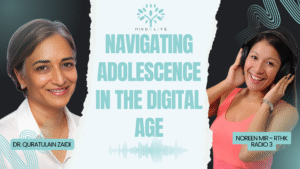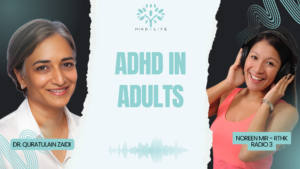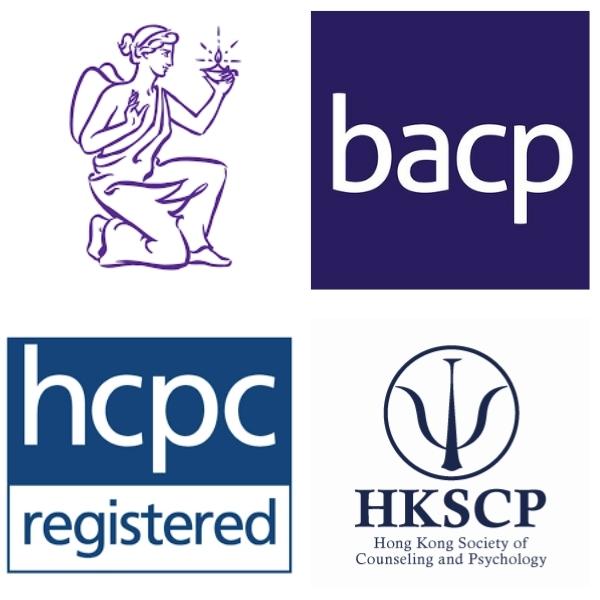In this blog post we explore why we may get stuck in repetitive arguments with our partners, despite our best intentions to break these patterns:
Where does relationship conflict come from?
We tend to see the same conflicts in relationships repeat over time. In other words, our partner’s behaviour may trigger us again and again. This is in part because the origins of our triggers tend to lie in past experiences. These can reach back as far as childhood and, when activated, can bring an intensity of raw emotion into our current relationship. An example of this is abandonment. If we have experienced things like frequent moves, divorce, or the loss of a family member as children, we may have subconsciously concluded that loving relationships will inevitably end. This can make us particularly sensitive to any perceived signs of rejection from our partners, such as less attentiveness, spending less time together, or criticism.
Why do we engage in unhelpful conflict behaviours?
We are likely to have learned from a young age are protective modes. These are ways in which we cope and protect ourselves from distressing feelings and are usually engaged when we have been emotionally triggered. While these may have been adaptive to our experiences in childhood and adolescence, they are often maladaptive and unhelpful when we bring them into our adult relationships.
Continuing the example, this means that if we expect or fear abandonment, we may feel anxious if our partner seems to be withdrawing from us. Consequently, we may obsessively reach out for more attention or, vice versa, push our partner away. Both of these behaviours are ways of trying to protect and soothe our anxiety, but neither allows us to get our true need for attachment security met.
How do we get stuck in conflict patterns?
Our early childhood attachments often form a template for our future adult relationships. Specifically, they inform how we receive and express love and what we expect love to feel like. As a result, we may find ourselves attracted to partners whose personality, behaviours, or love languages feel familiar. However, this familiarity can also mean that we are attracted to partners who activate some of our deep-rooted triggers.
The most common pattern to get stuck in is getting triggered by a partner’s behaviour and consequently expressing protective behaviour. That, in turn, activates our partner’s triggers, who then goes into their own protective behaviour, which again re-triggers us.
What does this look like in practice? Let’s use our abandonment example. Our partner may be busy at work, leading to late nights in the office and a cancelled date night. Our abandonment trigger gets activated, evoking feelings of perceived rejection. When this happened in childhood, we would try to protect ourselves from these feelings by seeking reassurance. Therefore, we may increase our communication by texting or calling our partner. Our partner, who is already feeling pressure at work, may be triggered into interpreting this contact as further expectations or criticism. To cope with resulting anxiety, they may engage in protective modes they learned in childhood, such as avoidance and withdrawal. Our text messages remain unread, or worse, blue-double-ticked and unanswered. In a vicious cycle, this increases our fears around abandonment and our desire to engage with our habitual protective behaviour of reassurance-seeking.
What can we do to break conflict patterns? Trigger-driven conflict patterns can seem challenging to break due to the intensity of the feelings involved. However, some steps can help to reduce their occurrence and mend the relationship post-conflict.
Awareness
It is crucial for us to become aware and familiar with what our triggers are and where they originate from. This can help us assume part of the conflict responsibility by understanding that some of the anger, anxiety or hurt we feel in response to our partner’s actions may be residual from our past negative experiences. It can be helpful to find concrete memories that correspond to some of these triggers.
For example, when our partner cancelling date night triggers abandonment fears, we can be aware that some of our feelings may be unprocessed hurt from our father walking out on the family when we were a child. This awareness can help us to reality-test whether our current reaction is proportionate to the context and whether some of our feelings need to be reattributed to the past. This does not necessarily reduce the intensity of the emotion but makes it easier to manage our responses.
Acknowledgement
It is equally important for us to acknowledge that some of our protective behaviours may be unhelpful or damaging to our relationship. Acknowledging what drives such behaviours is the first step to changing them. Problematic behaviours are best replaced with actions that align with our values and meet our core needs.
For example, it is common to try to reduce abandonment insecurities by seeking reassurance through excessive approach behaviours. Specifically, we may increase contact, call our partner multiple times a day, and demand to know where they are and who they are with. This can trigger distress in our partner and strain the relationship. Our need here is a sense of security. However, if our partner responds with their own unhelpful protective behaviours, such as withdrawal, we will not meet this need. Therefore, it can be more beneficial to identify behaviours that would meet the need for security and reflect our relationship values. Needs can be met internally by making a list of how our partner makes us feel secure, or externally, by sharing our needs with our partner and exploring ways to meet this within the relationship.
Communication
Conflict happens even when we have the best of intentions to avoid it. Communicating our triggers, experiences, feelings, and needs proactively can help limit repetitive cycles of conflict. Beyond this, communication can also help us mend breaks in the relationship after a conflict has occurred. Self-awareness of triggers and protective behaviours can guide us in labelling different parts of our experience and expressing our needs. It is key also to hear our partner’s triggers, experiences, feelings, and needs. This can give us some space between the argument and our reaction by highlighting that some of what happened was driven by our partner’s past experiences rather than a personal attack. De-personifying arguments with the person we love can reduce some of the hurt we experience.
If you have been struggling with repetitive conflict cycles in your relationship and wish to improve your understanding of underlying causes, please get in touch.







